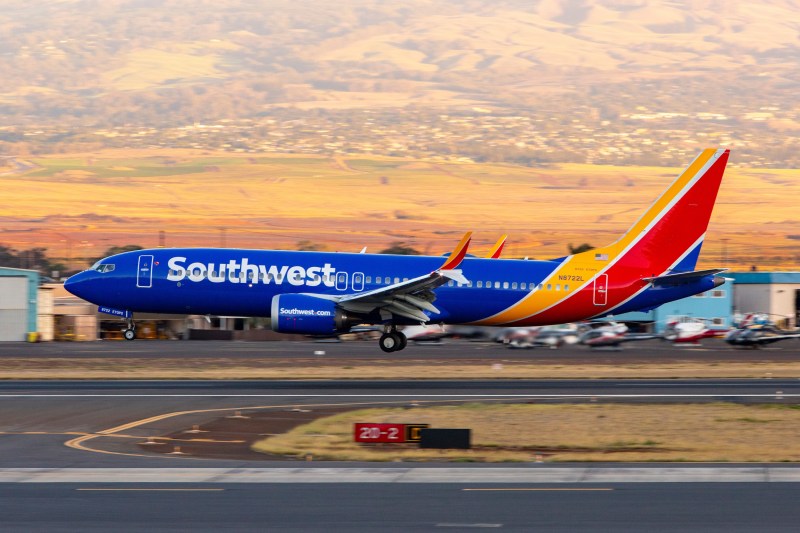
Following the praise from launching its long-awaited bag tracking site, Southwest is keeping up the momentum with the mention of another possible development: red-eye flights. Red-eye flights are a heaven-sent flight option for many travelers when trying to travel flexibly and affordably.
Also known as overnight flights, red-eyes usually come with the benefits of a cheaper ticket price and the ability to save on a night of accommodation. For travelers looking to cut costs, this can be the difference between paying for five nights at a hotel instead of seven if a red-eye flight is booked roundtrip.
So far, none of Southwest’s routes fall under the red-eye category. But, CEO Bob Jordan recognizes that figuring out how to incorporate this into the company’s flight schedule is in everyone’s best interest.

Changes to Southwest Airlines Flights
When thinking about possible airline flight schedule changes, Jordan told The Dallas Morning News that he sees adding red-eyes as a “logical evolution.” Due to its friendly baggage policies, the Dallas-based air carrier has long been a favorite for frequent flyers. Yet, it falls behind competitors such as United and Delta when it comes to certain modern conveniences. Resolving the lack of red-eye flights would be a great place to start when ranking higher amongst America’s commercial airlines.
Now that it has been mentioned, it’s only reasonable to wonder when this idea will become a reality for Southwest Airlines.
“We have the aircraft. It’s a great way to use an asset you already have and use it more productively, which means more hours in the day, so we will be doing red-eyes,” Jordan confirmed.
Knowing that the airline has the desired aircraft for running these flights means half the battle is already won. When it comes to finalizing Southwest’s red-eye flights, other aspects such as scheduling, staffing, and deciding on route locations could be areas for possible delays. Jordan noted that it was an idea that made sense for “certain markets.”

How travelers can prepare to navigate red-eye flights
While red-eye flights can do wonders for a tight budget or time-sensitive trip, challenges could also arise. More often than not, flying overnight will come with a timezone change, creating the possibility of dreaded jet lag. The severity of jet lag usually depends on how many time zones are crossed and how long the flight is.
Simple things such as adjusting your sleep schedule the night before or sleeping as much as possible during the flight can work wonders when it comes to minimizing the effects of jet lag. This can be easier said than done for those with flight anxiety or a fear of heights, but noise-canceling headphones and a comfy neck pillow have been known to work wonders for even the most anxious flyers.
Though this may not serve as an official press release for Southwest’s red-eye flight schedule, Jordan insisting the company will be doing red-eyes means it is more than likely to come to fruition, so loyal Southwest patrons will have to sit tight and await further announcements on this development from the airline.
Editors' Recommendations
- Travel tips and tricks: Dumb mistakes I make every time (but you can avoid)
- AAA says these are the worst (and best) times to travel this holiday season
- How to choose the best travel insurance plan
- Flight attendant shares genius travel tips and a key hotel hack on TikTok
- American Airlines, United Airlines, and more: Study says these are the most unreliable airlines for holiday travel




